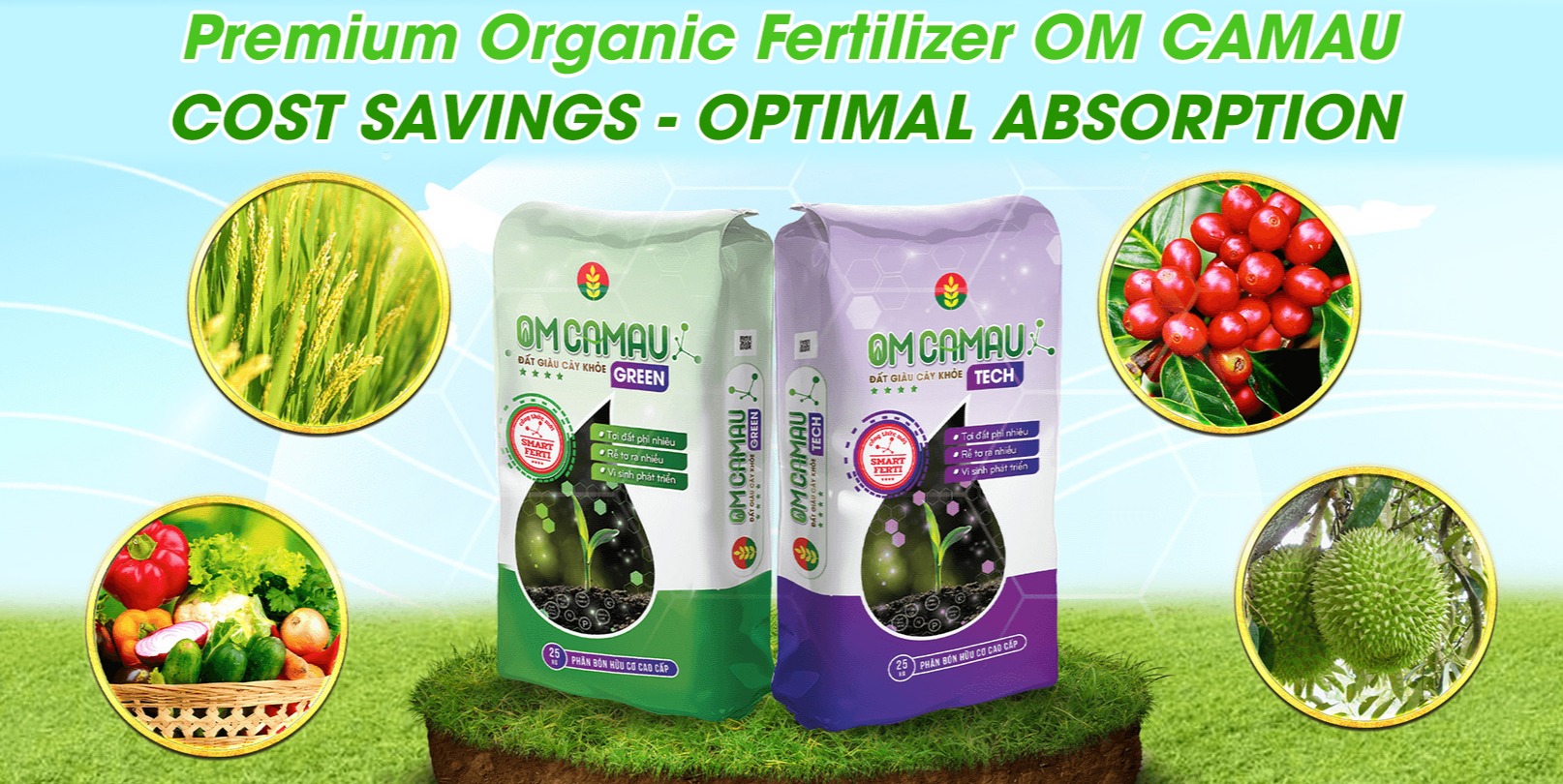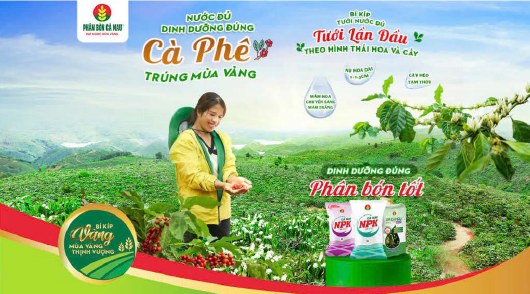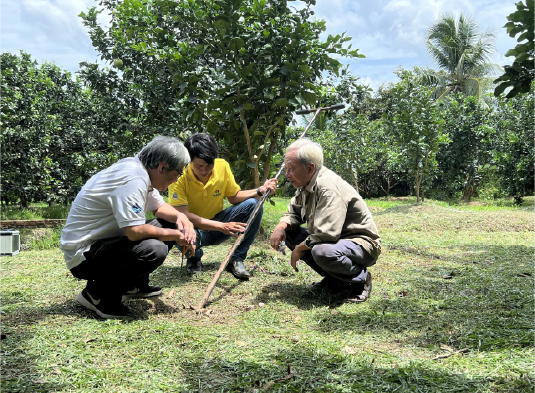

BÁO CÁO PHÁT TRIỂN BỀN VỮNG 2023
Climate change poses serious challenges for businesses, manifested in two main types of risks: physical risks and transition risks. Physical risks include the direct impacts of extreme weather events such as storms, floods, and droughts, which cause property damage and production disruptions. Transition risks, on the other hand, relate to the shift towards a low-carbon economy, requiring businesses to face new policies, technologies, and changes in consumer behavior. To adapt and develop sustainably, PVCFC has proactively assessed risks, formulated sustainable development strategies, and invested in sustainable solutions. Based on this, the company has developed policies, regulations, and procedures for operations, production, business activities, and research and development to minimize the impact of production and product consumption on climate change. Environmental impact assessments have been a priority for PVCFC since the initial phase of the Ca Mau Fertilizer Plant’s operation (in 2011). The company has initiated scientific research projects related to emission reduction, cultivation solutions, and efficient fertilizer use. This commitment is reflected in regulations that ensure compliance and consistency, communicated to every PVCFC employee.
Research on greenhouse gas emissions in rice cultivation and enhancing R&D
activities in response to climate change.
PVCFC is focusing on advancing research and development efforts related to reducing greenhouse gas emissions. Some specific research initiatives include:
PVCFC strictly adheres to regulations on greenhouse gas emissions reporting. As a
fertilizer manufacturing and trading company, PVCFC complies with Government Decree No. 06/2022/NĐ-CP on
regulations for mitigating greenhouse gas emissions and protecting the ozone layer, and Circular No.
38/2023/TT-BCT on measuring, reporting, and verifying greenhouse gas emissions reduction and inventory for
the industrial sector. In 2023, we conducted information gathering and assessment as per the following
guidelines:
In 2022, direct fuel consumption for the technological system included fuel for auxiliary boilers, reforming units, and the flare system. The total gas consumption in 2023 (555.98 million Sm³/year) increased by 3.42% compared to 2022 (357.57 million Sm³/year). The energy consumption per ton of NH₃ in 2023 was 35,494 GJ/Ton NH₃, a decrease of 4.3% compared to 2022 (35,648 GJ/Ton NH₃). This indicates that projects and improvements made a significant contribution to reducing energy consumption and CO₂ emissions. Currently, PVCFC has not fully implemented CO₂ greenhouse gas emissions reporting according to GHG Protocol guidelines, but the review of data and statistics has been tracked and compared annually. The calculation bases are as follows:
Electricity Emissions: According to the announcement by the Department of
Climate Change, Ministry of Natural Resources and Environment on December 31, 2022, the emission
factor for Vietnam’s electricity grid in 2021 is 0.7221 tCO₂/MWh.
Natural Gas (1000 m³) according to IPCC: 2.114 tCO₂/unit.
Diesel Oil (DO) (1000 liters) according to IPCC: 2.73 tCO₂/unit.
Gasoline A92, A93 (1000 liters): 2.408 tCO₂/unit.
Based on current calculations, in 2023 the total emissions increased by 3.88% due to a
4% increase in plant capacity compared to 2022. However, the emission intensity per ton of product produced
decreased by 2.47%, indicating the effectiveness of the improvements and emission reduction solutions
implemented at the Ca Mau Fertilizer Plant.
For the PPC Plant, the two main products are Packaging and Fertilizers; where direct emissions are from the use of DO oil in Fertilizer production, while indirect emissions are mainly from electricity consumption in Packaging production. The direct emissions in 2023 decreased by 50.02% due to a significant reduction in Fertilizer production compared to 2022, while the indirect emissions increased due to higher Packaging production. The total emissions in 2023 decreased by 2.48% compared to 2022, mainly due to the reduction in Fertilizer production, and the emission intensity per ton of product was 3.43% lower than in 2022, as follows:


Additionally, the company has emphasized the effective implementation of energy
transition and greenhouse gas emissions reduction efforts. In 2023, PVCFC established the Energy
Transition and Greenhouse Gas Emissions Reduction Steering Committee to clearly assign tasks and
responsibilities to each group and individual. The committee is also responsible for planning and
implementing projects such as: integrated food-grade CO2 production systems, CO2 recovery projects from
sources like CO2 separation in the fuel gas stream (containing 8% CO2), CO2 recovery from reforming
furnace flue gas, rooftop solar energy systems of about 5 MWh at the Ca Mau Fertilizer Plant, and
increasing plant capacity by 5% using green hydrogen from electrolysis technology.
Moreover, we have laid out short-and long-term plans to achieve energy consumption reduction and greenhouse gas emissions reduction goals for the 2023-2030 period, with an estimated reduction of 60,000 tons of CO2 per year, as follows:
The company strictly complies with legal regulations on emissions into the environment. All emission sources from the plant are tightly controlled in terms of both quantity and quality, ensuring they always meet the regulatory requirements before being released into the environment.


Research and Development of Microbial Fertilizers, Organic Fertilizers, Organic Microbial Fertilizers, and Mineral Fertilizers to Improve Soil Microorganisms, Prevent Erosion, and Enrich the Soil
Additionally, the company is conducting research on microbial products used as
biological pesticides to
control insects, nematodes, and plant diseases, such as:
Based on this direction, during the 2021-2025 period, a range of organic and organic microbial fertilizers, consisting of four formulas, has been developed: One traditional organic fertilizer formula; One organic mineral fertilizer formula; One organic microbial fertilizer formula; One bio-organic fertilizer formula. These developments include the following specific initiatives:



Conduct research and monitoring of soil and water quality used by farmers during the usage process to implement appropriate countermeasures


Pursuing the Circular Agriculture Approach
Circular Agriculture (CA) is an economic model that maximizes the efficient use of resources and minimizes waste through reuse, repair, recycling, and regeneration of products and materials. Unlike the traditional “produce, use, and dispose” agricultural model, Circular Agriculture focuses on keeping resources within a circular loop to minimize negative environmental impacts and create sustainable value for society. As one of the largest fertilizer manufacturing and trading companies in Vietnam, PVCFC is proud to be a significant part of the CA process, helping farmers increase productivity, reduce costs, and minimize environmental impact. PVCFC participates in the circular agriculture chain through the following activities:


Using “Fertilizers Correctly”
PVCFC has always been a leader in researching and guiding the proper use of fertilizers according to the “5 Rights” principle (right soil type, right crop type, right dosage, right timing, and right method) as stipulated in the Law on Crop Production and related Decrees:



Research on Soil Health
In all studies, PVCFC has highlighted the issue of increasing fertilizer loss due
to farmers applying amounts that exceed recommended levels. Additionally, the current method of
broadcasting fertilizers on the field surface leads to significant losses due to leaching, runoff, and
volatilization, with 40–50% of nitrogen, 60% of phosphorus, and 50% of potassium being lost.
Furthermore, soil acidification, salinization, and nutrient degradation are major challenges in
cultivation and meeting the nutrient demands of various crops in the Mekong Delta. The issue raised is
the need to identify the current fertility status of the main soil groups based on existing and ongoing
research data in the Mekong Delta, in order to develop appropriate management methods and recommend
suitable fertilizer application rates for crops on each soil group, thereby helping to reduce costs and
increase farmers’ income.
According to the company’s needs and goals, PVCFC has gradually introduced new
environmentally friendly product lines to support the sustainable development of the nation’s
agriculture. Mastering, updating, and managing the database on the current soil fertility status in the
Mekong Delta, as well as determining the nutritional needs of the region’s key crops, are essential for
the company’s business direction and product development strategy. The application and updating of the
status map of the main soil groups and crops in the Mekong Delta, integrating the database of soil
characteristics and the nutritional needs of key crops, and identifying the difficulties and challenges
for each soil group and crop have become more accessible.
On this basis, PVCFC has collaborated with Can Tho University to develop a digital map of soil fertility and fertilizer recommendations for crop cultivation in the Mekong Delta. The integration of “big data” will be valuable tools to support the company’s research, product development, and business operations, aiming to enhance business efficiency and reduce labor costs.
